Improve Your Listening Skills
Welcome to this listening comprehension practice. The goal of exercises like this is not just to test your understanding but to actively improve it. In high-stakes exams like the TOEFL or IELTS, you need to process a lot of information from a single listening passage. Here are a few tips to help you with this lecture and your future studies:
- Anticipate and Predict: Before the audio begins, use the topic title to guess what the lecture might be about. Our topic is “The Story of Grameen Bank.” What do you know about banks? About poverty? About innovative solutions? Activating this background knowledge prepares your brain to receive and categorize new information.
- Listen for the Big Picture: Don’t get stuck on a single word you don’t understand. On your first listen, try to grasp the main idea or the overall story. What is the speaker’s primary purpose? Is it to inform, persuade, or entertain? Ask yourself, “What is the most important message here?”
- Note-Taking is a Skill: You don’t need to write down every word. Use abbreviations and symbols. Focus on capturing key names, dates, numbers, and concepts. For this lecture, you might jot down “Yunus,” “Bangladesh,” the first loan amount, and the core idea of “microcredit.” This creates a map of the lecture that you can refer to when answering questions.
Listening Topic: The Story of Grameen Bank
You are about to listen to a lecture about an economist who challenged the entire banking world. As you listen, think about this central question: How can a very small amount of money make a very big difference? The lecture will tell the story of Muhammad Yunus and his revolutionary idea that began with a loan of just $27.
Key Words and Phrases
Here are some key terms from the lecture. Understanding them will help you follow the main ideas.
- Abject poverty: This phrase describes a state of being extremely poor, lacking even the most basic necessities like food, clean water, and shelter. We use it in the lecture to describe the conditions that motivated Muhammad Yunus.
- Paradigm shift: This refers to a fundamental change in the basic concepts and experimental practices of a scientific discipline or, more broadly, a major change in how people think about something. In our story, Grameen Bank created a paradigm shift in how the world viewed banking for the poor.
- Collateral: This is something of value—like property or assets—that you promise to give to a lender if you cannot repay a loan. The lecture explains that the poor were excluded from traditional banking because they had no collateral.
- Vicious cycle: This is a chain of negative events that reinforce each other, making a bad situation even worse and very difficult to escape. We use this to describe how poverty and debt traps can become a vicious cycle for people.
- Grassroots level: This term refers to the most basic level of an activity or organization, involving ordinary people in a community. Yunus started his project at the grassroots level, working directly with villagers.
- Skepticism: This is an attitude of doubt or a tendency not to believe things. In the lecture, you’ll hear how Yunus faced significant skepticism from established banks and economists.
- Unconventional: This means not based on or conforming to what is generally done or believed; it’s another word for unusual. The methods used by Grameen Bank were highly unconventional for the banking industry.
- Self-perpetuating: This describes something that can continue to exist or operate on its own, without needing external help. The goal of microcredit is to create a self-perpetuating cycle of prosperity, rather than one of poverty.
- Empowerment: This is the process of becoming stronger and more confident, especially in controlling one’s life and claiming one’s rights. The lecture highlights how the bank’s loans led to the economic empowerment of women.
- Viable: This means capable of working successfully; feasible. A key question Yunus had to answer was whether a bank for the poor could be a commercially viable business.
Listening Audio
Listening Transcript: Please do not read the transcript before you listen and answer the questions.
Good morning, everyone. Today, I want to talk about a revolution. Not a revolution of armies and flags, but one of ideas—a revolution that began not in a government building, but in a small, impoverished village. We’re going to explore the story of Muhammad Yunus and the Grameen Bank, an institution that fundamentally challenged our understanding of banking, poverty, and human potential.
Our story begins in 1974, in the country of Bangladesh. Muhammad Yunus, a US-educated economist, had recently returned to his home country to serve as the head of the economics department at Chittagong University. Bangladesh was, at that time, in the grip of a devastating famine. From the windows of his university office, Yunus could teach the elegant theories of economics, the complex models of supply and demand. But when he stepped outside, he was confronted with a harsh reality that these theories seemed utterly powerless to explain or solve. He saw people starving, living in abject poverty, and he felt a profound disconnect between the academic world he inhabited and the real world just beyond its walls.
He decided he could no longer stay in the classroom. He needed to understand poverty not as a statistic, but as a human experience. So, he took his students into the nearby village of Jobra. It was there he had an encounter that would change his life, and the lives of millions. He met a woman named Sufiya Begum, who was making bamboo stools. She was a skilled artisan, but she was trapped in a vicious cycle of poverty. To buy the bamboo for each stool, she had to borrow money from a local trader. The trader’s condition was that she must sell the finished stool back to him, at a price he dictated. After repaying her loan, Sufiya was left with a profit of only two US cents per day. She was, in effect, a bonded laborer, working tirelessly for a pittance.
Yunus was shocked. He asked her how much she needed to borrow to be free from this exploitative arrangement. The amount was minuscule. He then went around the village and found 42 other people in a similar situation. He made a list of their names and the tiny amounts they needed to break free from the lenders. When he added it all up, the grand total was 856 taka—the equivalent of just 27 US dollars.
On the spot, Yunus loaned the $27 out of his own pocket to the 42 artisans. It was a simple act of charity, but it sparked a powerful idea in his mind. If a loan this small could make such a significant difference in 42 people’s lives, what was preventing the established banking system from doing the same? He approached the conventional banks, full of enthusiasm, and proposed that they lend to the poor. The reaction was uniform and immediate: skepticism. The bank managers told him it was impossible. Why? Because the poor had nothing. They had no credit history, no address, and most importantly, no collateral. Banking, they argued, was based on the principle that you only lend to those who can prove they don’t need the money. Lending to the poor was simply too risky.
Yunus was undeterred. He argued that the problem wasn’t the people; it was the banks. The system itself was designed to exclude the poor. So, he decided to take the risk upon himself. He offered to act as a guarantor for the loans. After much difficulty, he finally convinced a bank to extend a credit line, and he began lending to the villagers of Jobra himself. This was the birth of the Grameen Project. The core idea was radical in its simplicity: that credit should be accepted as a human right, and that the poor are creditworthy.
The project grew, but it did so by developing a set of unconventional principles. Grameen did not require collateral. Instead, it relied on a system of trust and peer support. Loans were given not to individuals, but to small groups of five people. The group members were typically neighbors who knew and trusted each other. While each person had their own small business to fund, they were jointly responsible for repaying the loans. If one member of the group defaulted, the others would be unable to receive further credit. This system created a powerful form of social collateral, where peer pressure and mutual support ensured an astonishingly high repayment rate—often over 98%.
Another revolutionary aspect of the Grameen model was its focus on women. Yunus observed that when money came into a household through a man, it was often spent on personal items. But when it came into the hands of a woman, it was far more likely to be spent on improving the family’s nutrition, health, and children’s education. Lending to women, he realized, was the most direct route to lifting entire families out of poverty. At first, this was a difficult cultural barrier to overcome. Women were often hesitant to take on financial roles, and their husbands were often resistant. But Grameen’s field workers, who went door-to-door in the villages, persisted. Today, over 97% of Grameen Bank’s borrowers are women. This focus has led to profound social changes, giving women a voice, a sense of dignity, and economic empowerment.
By 1983, the project had proven so successful that it was formally established by the Bangladeshi government as an independent bank: the Grameen Bank, which translates to “Village Bank.” The bank is owned by the very people it serves—the poor borrowers themselves hold 90% of its shares. It wasn’t just a bank; it was a complete development program. Borrowers were required to learn and live by a set of principles known as the “Sixteen Decisions,” which included pledges to keep families small, send children to school, plant vegetable gardens, and reject the practice of dowry. It was a holistic approach, aiming for social and economic development at the grassroots level.
The success of Grameen Bank created a paradigm shift in the world of finance and development. It demonstrated that microcredit—the lending of very small amounts of money to entrepreneurs too poor to qualify for traditional bank loans—was not just charity. It was a viable business model. It showed that the poor were not a liability, but a resource. They were entrepreneurs with skills and ambitions, who simply lacked access to capital. The Grameen model has since been replicated in more than 100 countries, from the United States to Uganda, proving that its core principles are universal.
For his work, Muhammad Yunus and the Grameen Bank were jointly awarded the Nobel Peace Prize in 2006. The Nobel Committee recognized that poverty is a threat to peace, and that the work Yunus had pioneered was a powerful tool for creating lasting peace from the ground up. He had created not just a bank, but a self-perpetuating engine of hope.
The story of Grameen Bank is a powerful testament to the idea that the most complex problems sometimes have the simplest solutions. It began with one man’s refusal to accept the world as it was, and his decision to listen to the people that everyone else had ignored. It started with a $27 loan, an act of faith in the potential of the poor, and it ended up creating a global movement that has empowered millions to lift themselves out of poverty.
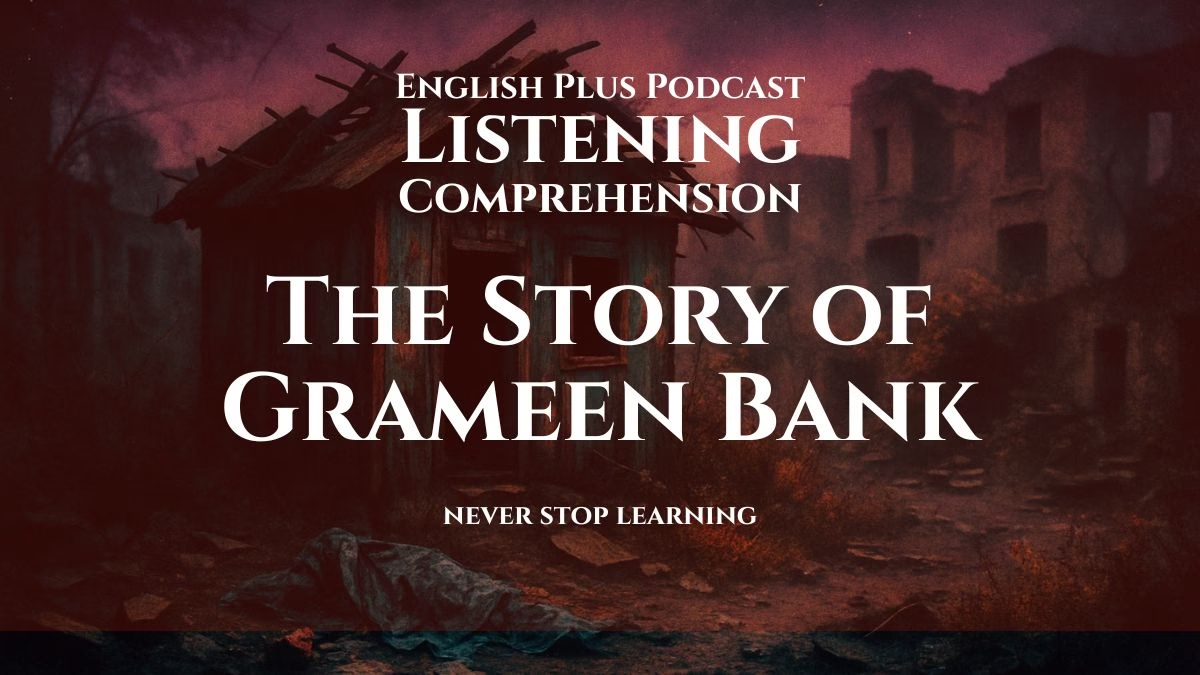
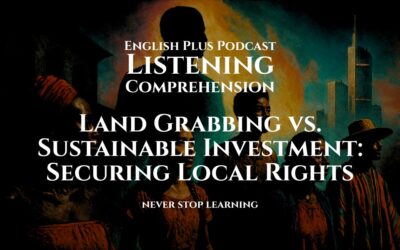
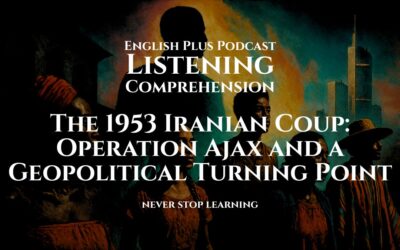
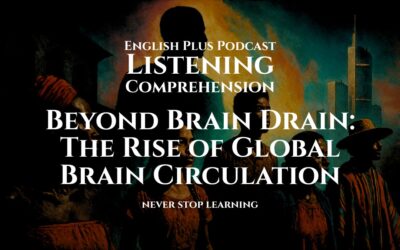
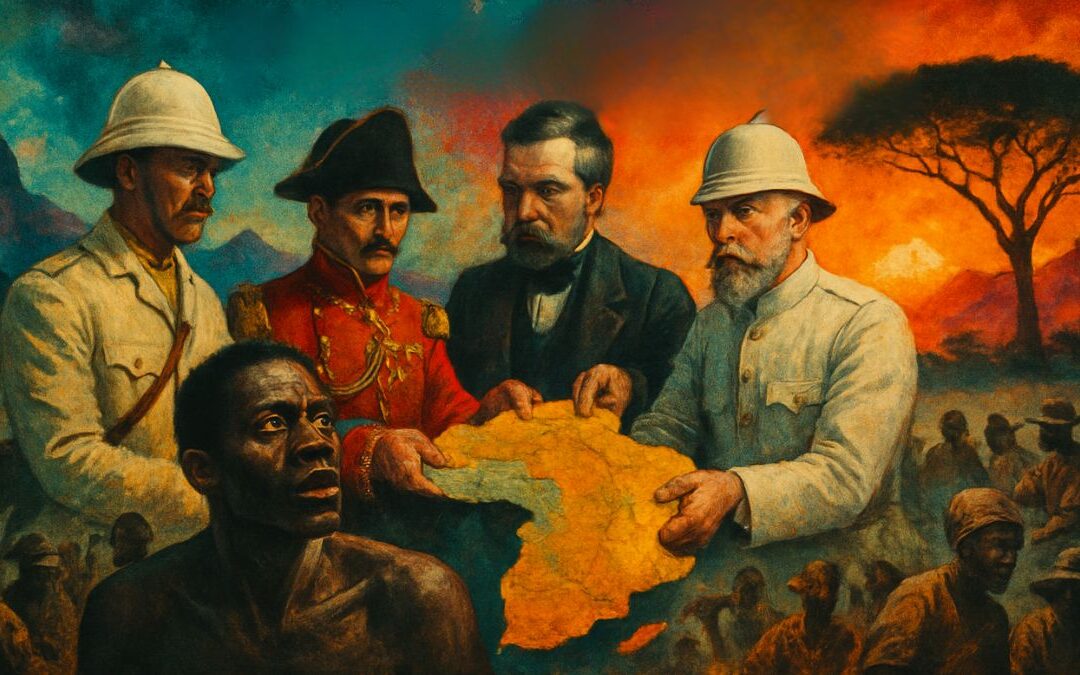
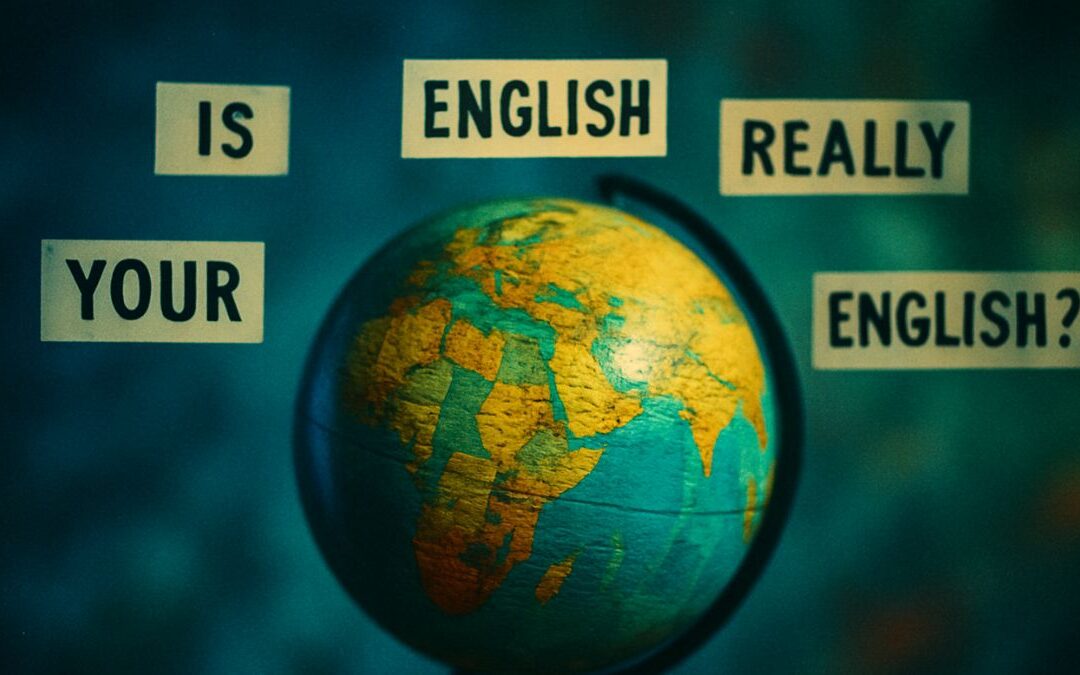




0 Comments